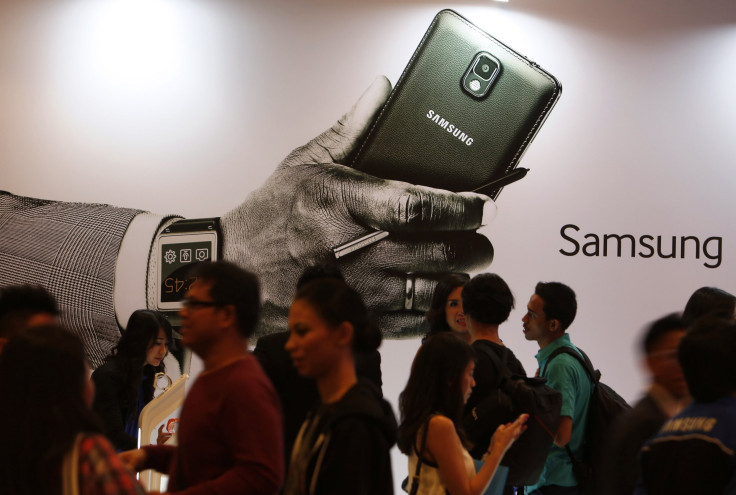Samsung Is Looking to Save Money On The Galaxy Note 4

As Samsung Electronics Co. (KRX: 005930) looks to rebound from its disappointing April-June quarter, it is depending upon its upcoming Galaxy Note 4 device to generate considerable revenue. The Korean manufacturer may also be looking to cut costs on the production of the Galaxy Note 4, which could further save the company’s bottom line.
Unnamed sources have reportedly told ZDNet Korea that Qualcomm (NASDAQ: QCOM) plans to sell Samsung the Snapdragon 805 chips that it needs for the Galaxy Note 4 at a significant discount. Expensive components and production costs for the Galaxy Note smartphones can affect the price consumers end up paying in the long run.
While Samsung usually pays around $235 to produce one of its top smartphones, the devices are marked up over $600 for consumers. The Samsung Galaxy Note 3 sold for between $699.99 and $749.99 unlocked and for between $299.99 and $349.99 with a two year contract; Galaxy Note models before the Note 3 were priced closer to the lower ends of those price ranges.
By accepting a discount on its processor order from Qualcomm, Samsung could be trying to conserve on some Galaxy Note 4 features and splurge on others. Rumors also suggest that Samsung plans to include a QHD (1440x2560) resolution display on the Galaxy Note 4, which is a tantalizing feature from the marketing end, but a pricey feature from the manufacturing end. Smartphone chipsets are often just as pricey.
BGR says Samsung may end up paying as little at $10 per chip for its Qualcomm Snapdragon 805 supply. In comparison, the manufacturer paid $49 per chip for the Snapdragon 800 chip in the previous Samsung Galaxy Note 3. A much cheaper processor would leave room for a more expensive display without terribly skewing the overall production cost of the Galaxy Note 4.
During the April-June quarter, Samsung’s smartphone sales fell 9 percent, but that was driven by lower-end phones in emerging markets; the manufacturer has had no problem selling its premium devices. Samsung said that its Galaxy S5 smartphone, launched in April, is outselling the previous Galaxy S4 by 10 percent, and expects the Galaxy Note 4 to outsell the Galaxy Note 3. But as the Galaxy Note line receives fewer major updates, its popularity among consumers could diminish just as sales dropped for Samsung’s lower-end devices.
“The Galaxy Note 4 is not a big deal - it’s just the stylus equipped extra-large phone in Samsung’s lineup, a niche compared to Samsung’s flagship phone the Samsung Galaxy S5,” Forrester Research analyst Frank Gillett told the International Business Times. “It may inherit some new software features, but Samsung is unlikely to announce anything that will dramatically change its success.”
The Samsung Galaxy Note 4 is also facing competition from Apple Inc.’s (NASDAQ:APPL) iPhone 6, which has drummed up a considerable amount of pre-sale interest due to rumors about a display much larger than has been seen on previous iPhone models. While Samsung suffered, Apple sold over 35 million iPhone between April and June, and the possibly redesigned iPhone is expected to drive a 20 percent increase in sales this fall.
The coming months are crucial for both companies, but Samsung in particular, as it must not only drive successful sales of the Galaxy Note 4, it must also dig itself out of the slump it is in currently. But Apple is not quite safe in its present popularity. Other than a possible increase in screen size, the iPhone also sees fewer innovations.
“[Samsung and Apple] are two of the top smartphones from the two leading brands,” ABI Research analyst Nick Spencer said. “So if these two devices don't make an impact then the smartphone category is in real danger of commoditization.”
© Copyright IBTimes 2024. All rights reserved.






















